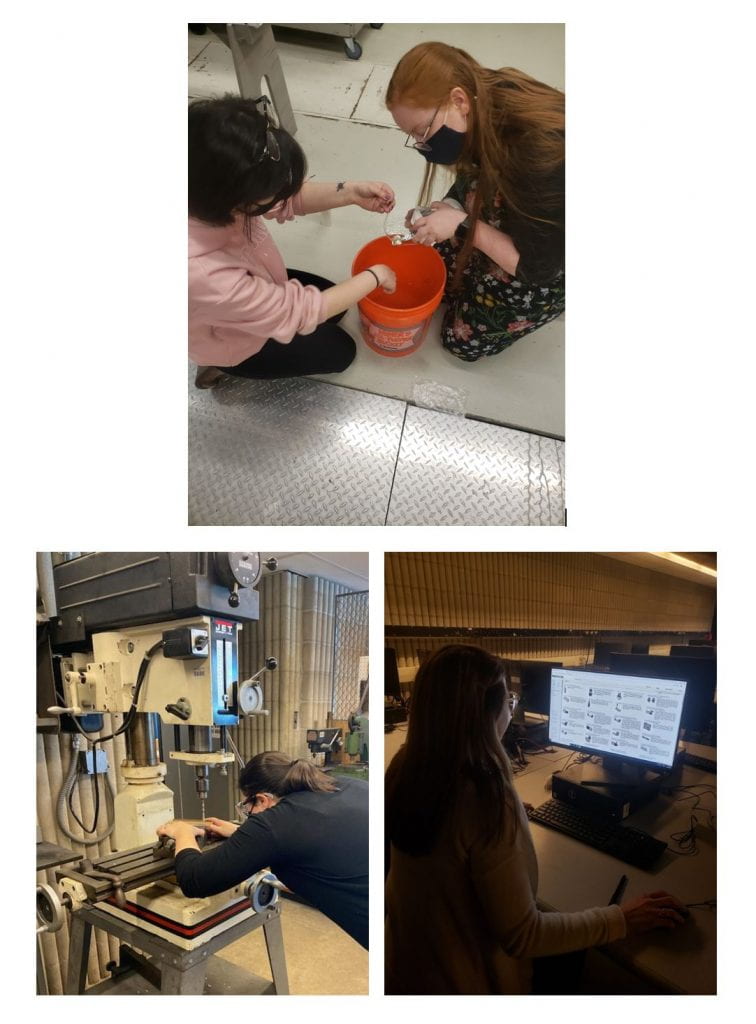| Abstract |
The highly water-repellent, superhydrophobic surface (SHS) has a large potential to reduce hydrodynamic friction drag in laminar and turbulent flows, and thus has applications in many areas including maritime transportation, oil transmission, and micro-fluidic medical devices. Here, we aim to experimentally demonstrate the drag reducing property of the superhydrophobic surface in laminar channel flows, and validate previously researched theoretical models. Various superhydrophobic surfaces, consisting of both well controlled and randomly roughed surface textures, are fabricated through processes such as photolithography, sandblasting, and 3D printing technologies. A transparent microchannel made of acrylic with an inner dimension of 135 x 10 x 0.5 mm (length x width x height) has been designed and constructed for performing the necessary measurements. The Reynolds number of the channel flow ranges from 10 to 2000, below the value of laminar-turbulent transition. The friction drag of the sample is measured based the pressure drop in the channel through a differential pressure sensor. The air layer on the surface is simultaneously monitored through high-resolution imaging. We study the effects of Reynolds number, texture geometry, hydrostatic pressure on the drag reducing performance of the surface. The results of this study provide further guidelines on the industry applications of superhydrophobic surfaces. |

